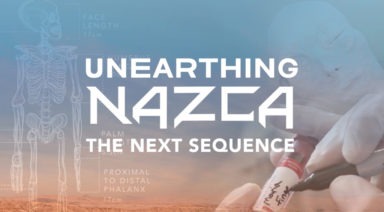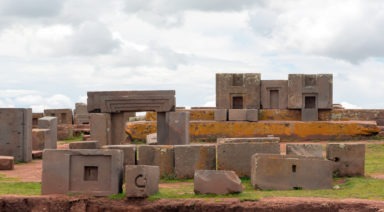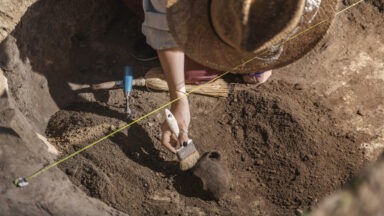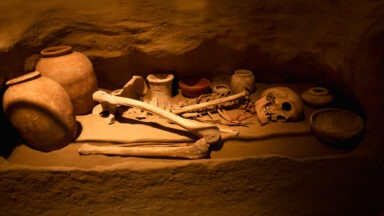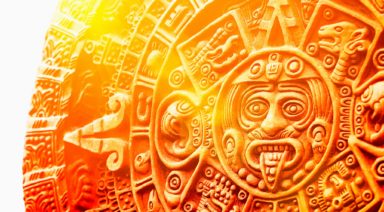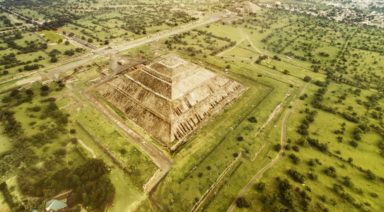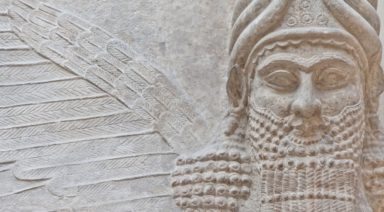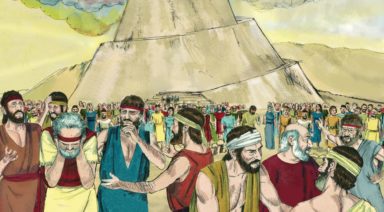Scientists Think Our Ancestors Spoke One Mother Language

Evidence of a common tongue dating back 15,000 years
According to biblical history, our ancestors spoke one common language understood by everyone. This universal comprehension was revoked, however when humanity tried to build its way to heaven with the Tower of Babel. As punishment, the language became obscured and a multitude of languages subsequently arose. And whether you place any veracity in biblical lore, there is now evidence pointing to a common language spoken by our early ancestors originating in Africa that correlates with migration patterns.
A recent study looked at the evolution of words, specifically across Eurasia, finding a pattern with familial words like brother and father that allowed them to predict how our ancient ancestors would have pronounced these words and 21 others, some 15,000 years ago. The words and sounds of disparate languages were studied from a catalog compiled through the appropriately named, Tower of Babel project.
The method used by one researcher which differed from previous studies was the use of phonemes. Phonemes are the shortest differentiation in the sounds we use when we speak, like the difference between ‘p’ and ‘c’ in pup and cup. They hypothesized the theory by considering words like brother, pronounced frāter in Latin, frère in French, and bhrātr in Sanskrit. The words are more closely associated with their sound than spelling, showing a universal association with the phonemes in the middle of the word. This word amongst others proved to be stable words that didn’t change as often with the dynamic evolution of language and were thus tested across origins.
It was originally thought that words in languages eventually would change so significantly over time and that cognates, or words that derive from a common origin, could only be traced back 5,000 – 9,000 years. These researchers found that a list of ultraconserved words, or core words that change very little, had a 50 percent chance of being replaced by a non-cognate every 2,000 – 4,000 years, they called this the word’s half-life. The list of 21 words they found changed the least had a half-life of 10,000 years.
Migration Patterns
The implications of this linguistic study showed migration patterns that seemed to coincide with traditionally held theories of migration. One researcher found that the closer to Africa and the origin of the mother language, the more diversity there was in phonemes. Conversely, the further away from central Africa a language was, the less diversity there was in phonemes, as seen in Pacific islands, Oceania, and South America. This would seem to make sense when looking at African and Asian languages in which the meaning of words can change dramatially based on different intonations of syllables and phonemes, showing significant diversity.
This aligns with theories that immediate migration from Africa went into Asia, where they found a higher diversity in phonemes, and eventually crossed over the land bridge into the Americas, ending in South America where phoneme diversity was least diverse. Unsurprisingly, the high phoneme diversity correlated with high genetic diversity.
Skull Fragment of Missing Human Species Found in Israel
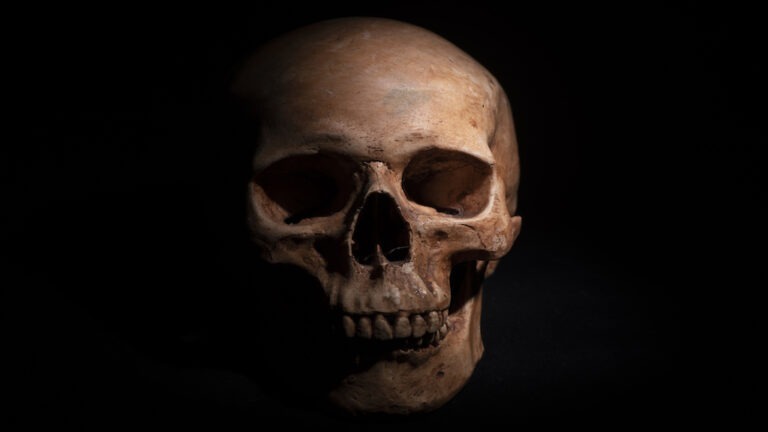
Archeologists in Israel have just made a groundbreaking discovery; could the skull they found belong to a new type of human and our oldest relative?
In recent years, the regular discovery of new species of archaic humans has been complicating the human family tree. The finding in Israel is the latest to fill in missing information on this ever-changing timeline of human evolution.
Andrew Collins is an ancient history researcher who has written extensively on the topic. “One of the most important discoveries in anthropology in recent years has been the finding of fragments of a human skull at a place named Nesher Ramla in Israel. It’s an open-air site that was functional between about 120,000-140,000 years ago,” Collins said.
“And the archeologists who have been working there have discovered, not only sophisticated stone tools, but they found fragments of this skull, and this skull is unique because it has elements of an archaic human that look similar to a Neanderthal, but also it has human elements.”





